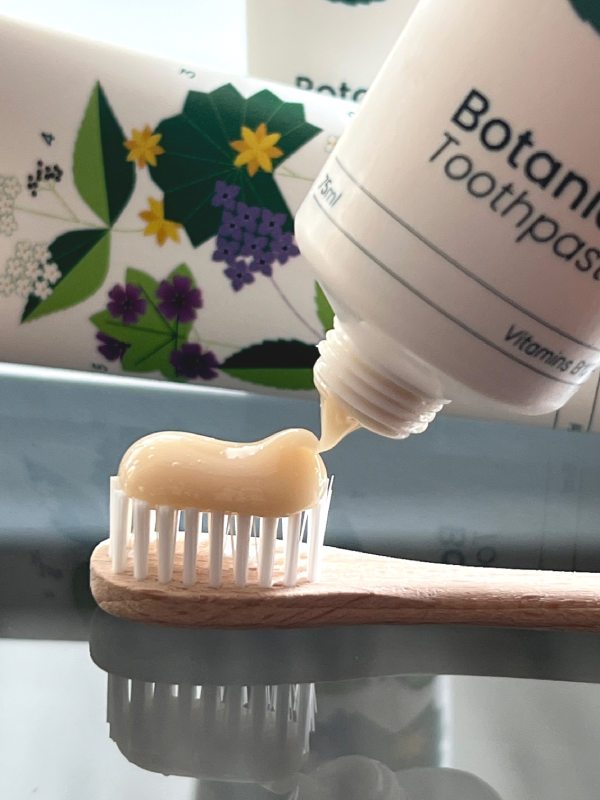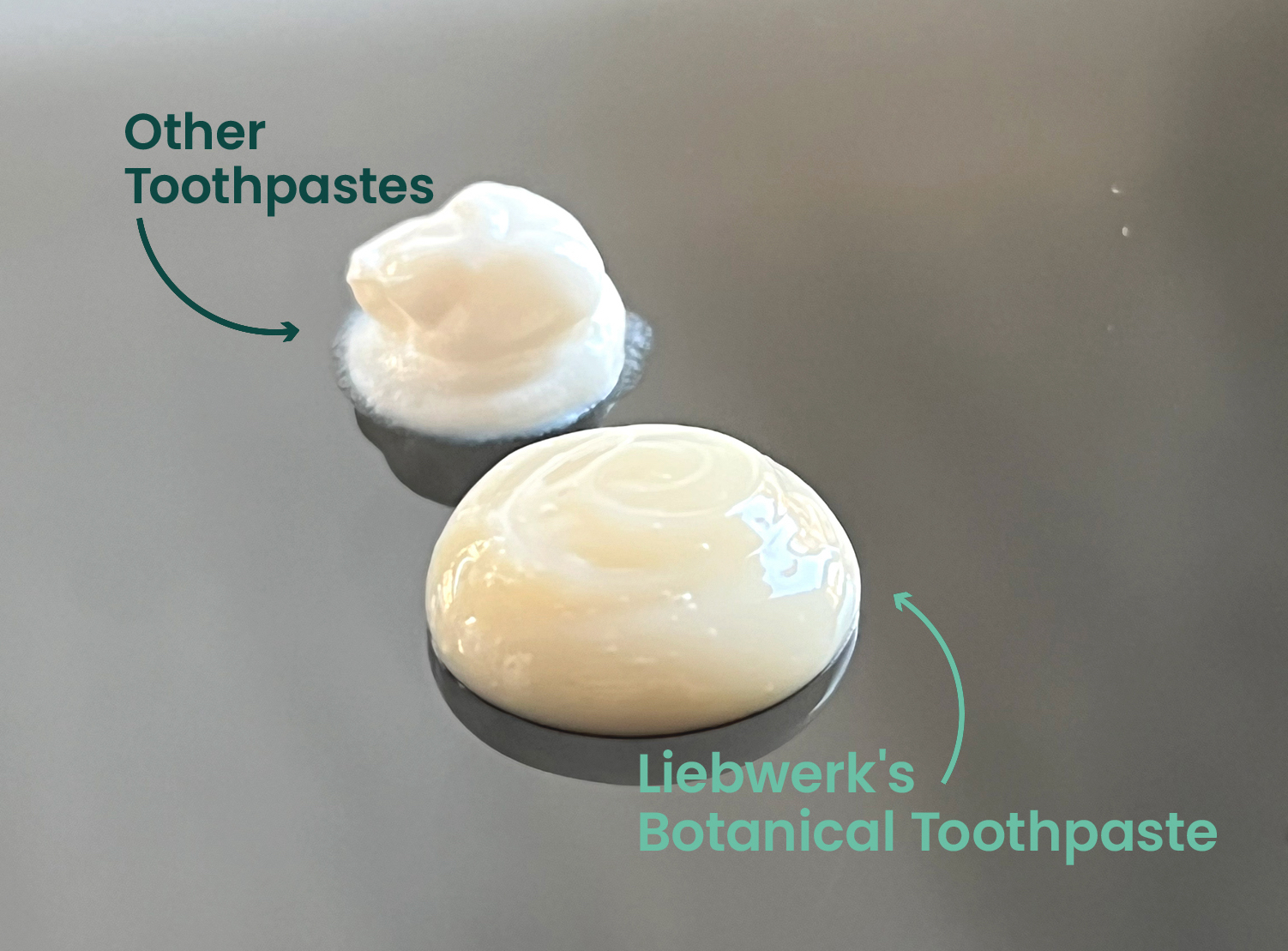How to choose the best toothpaste for you? Ingredients, types and care at a glance

If purchasing toothpaste confuses you with the countless number of options, you have landed at the right place. The plethora of options available for toothpastes today makes choosing toothpaste a mind-boggling task for each of us. This blog with help you navigate between them and chose the right one.
Decoding a toothpaste – from fluoride to colours
The basic ingredients for any toothpaste are fluoride, an abrasive, a humectant, a detergent, a binder, flavouring agents, preservatives, sweeteners and colours. Let us try to understand the function of each to be able to interpret the ingredient list on your toothpaste.
1. Fluoride
Probably the most important ingredient in a toothpaste, fluoride plays the role of preventing cavities by strengthening the enamel, i.e. the outermost layer, of the teeth. It binds with the calcium of the enamel to form a reinforced layer which is difficult to dissolve by the acid formed by the oral bacteria. Typically, toothpaste will contain 1000 to 1500 ppm of fluoride.
2. Abrasives
For your toothpaste to perform most efficiently, it has a mild abrasive action owing to the abrasive ingredients such as calcium carbonate, sodium carbonate and hydrated silica being the most common ones.
3. Detergent
Just like any other detergent, the one in your toothpaste provides the foaming action so that the debris accumulated on your teeth gets removed with decreased surface tension. The most common detergent you will detect on a toothpaste label is sodium lauryl sulphate.
- Humectants: Humectants maintain the semi solid state of the toothpaste by preventing it from hardening on exposure to air. Sorbitol and other glycols are used for this purpose.
- Binders: As the name speaks for itself, the binder binds the solid and liquid ingredients together. Naturally occurring gums such as xanthan, Arabic and tragacanth are predominantly used for this purpose.
- Flavouring agents: These are mentioned as such on the label and have no purpose other improving the taste of the toothpaste.
- Preservatives: As any other preservative, these prevent the toothpaste from going bad thus increasing the shelf-life. You can locate them by the name of methyl paraben or hydroxyl benzoate.
- Sweetener: Sorbitol, which is also used as a humectant, acts as sweetener. Some other examples include saccharin, stevia and xylitol. The latter has an additional property of preventing tooth decay.
- Coloring agents: The name titanium oxide on the toothpaste label imparts the typical white color to it.
Types of toothpastes
It is not only the list of ingredients on the fine print which is confusing. The shelfs exhibit numerous “special” toothpastes which claim to be better by listing additional ingredients or by fighting against specific oral conditions. The following will help you understand the difference and the basic principles of these toothpastes:
- Toothpaste for sensitive teeth: Teeth become sensitive for two reasons: either the enamel has become too thin because of excessive abrasion or acidic food or the gums have receded and exposed the root surface. Whatever be the aetiology, the common factor is exposure of the layer just beneath enamel and known as dentin. Dentin in turn has all the nerve endings which finally makes the teeth sensitive to changes in temperature.
Typically, the toothpaste for sensitive teeth blocks these nerve endings and thus the pain sensation. However, do not ignore gum problems for long since such toothpastes are not the permanent solution for a disease.
- Teeth whitening toothpastes: These may seem as the most affordable option for whitening your teeth. However, most of these do not contain peroxide – the bleaching agent. In fact, these toothpastes contain more abrasives and may eventually damage your teeth in the long run. If decided, go for a whitening toothpaste that provides stain removal as the whitening mechanism. And remember – no toothpaste will provide the whitening effect which can be achieved by the bleaching treatment at a dentist.
- Tartar control toothpastes:Tartar is the hardened plaque that coats teeth and almost every toothpaste contains anti-tartar agents such as xanthan to keep the tartar suspended in saliva and prevent it from sticking to the teeth.
- Herbal/natural toothpastes: Naturalists may opt for such toothpastes as their first choice – they are based on natural ingredients and therefore seem to be “green”. But the shocking fact is that the main ingredient of a toothpaste, the fluoride, is missing in most of them. Needless to say, this drastically reduces their efficacy in preventing decay since is the main anti cavity agent is absent. Non-fluoridated toothpastes, however anti-bacterial they claim to be due to some natural antibacterial herbs in them, cannot provide comparable cavity protection as fluoridated toothpaste. Some natural toothpastes contain low amounts of fluoride but still they are less effective since a minimum of 1000ppm fluoride is a must for cavity prevention.
- Children’s toothpaste: Children’s toothpaste typically has a low fluoride content of about 600ppm and only a pea sized amount is recommended for children from 18 months to 6 years and no fluoride for toddlers under 18 months. Simply keep an eye on the fluoride content and let your children choose their favourite flavours and cartoon characters on their toothpaste.

5 tips for picking the right toothpaste
Now that you are familiar with the basic constituents of a classic toothpaste and learned the specifics of “special” toothpastes, it shall be easy to chose the right one for you:
- Read the packaging and go for a toothpaste with the right amount of fluoride
- Use your preferred herbal toothpaste in the mornings and a fluoridated one before bed to protect your teeth from bacterial overnight
- Chose a stain removal whitening toothpaste over those with high content of abrasives
- Use toothpastes for sensitivity if the condition is confirmed by your dentist, but never substitute these for the treatment
- And remember to talk to your dentist before deciding on a special toothpaste
Whatever toothpaste you use, it won’t be half as effective if you don’t follow the oral healthcare regime diligently.
So, use fluoridated toothpaste with a good toothbrush as well. Floss daily and incorporate healthy eating habits to have healthy and happy teeth.
